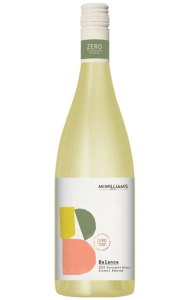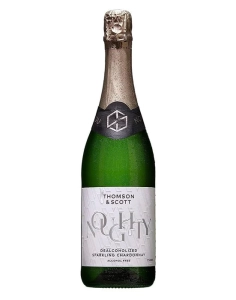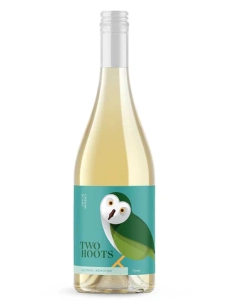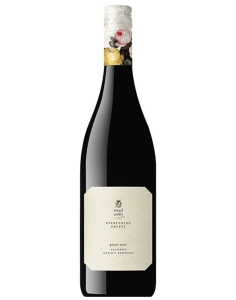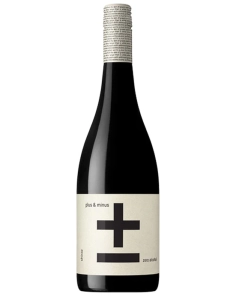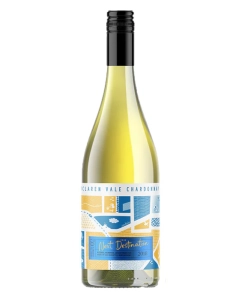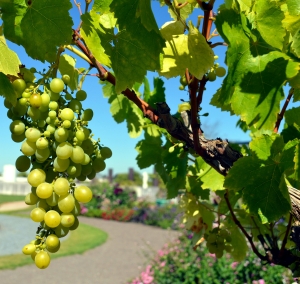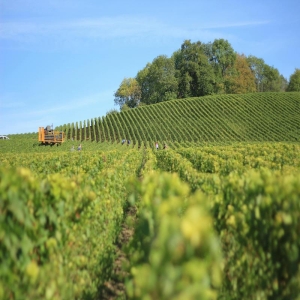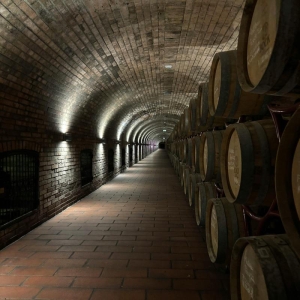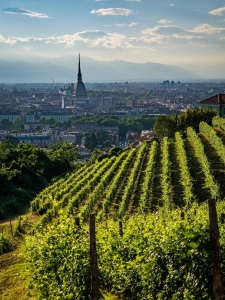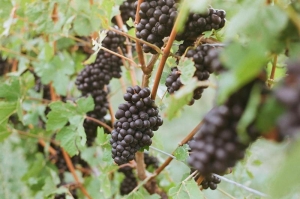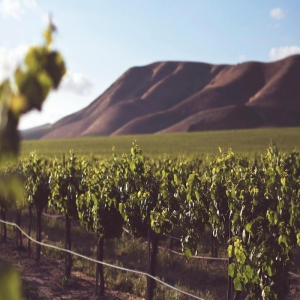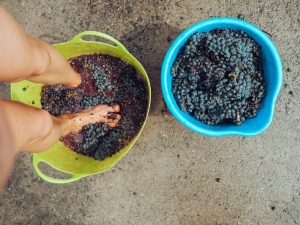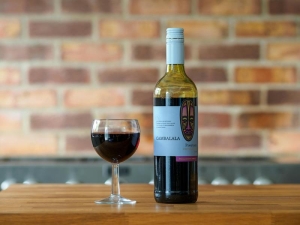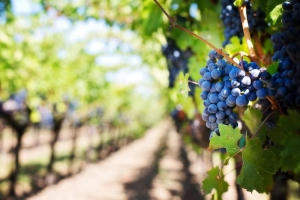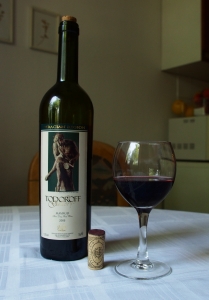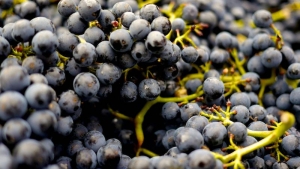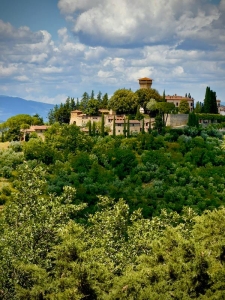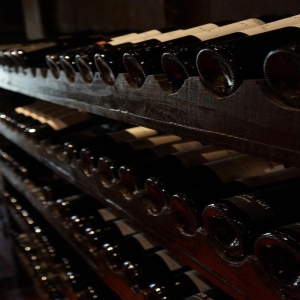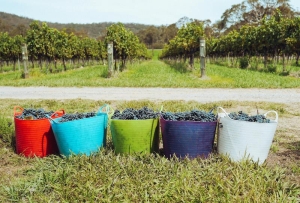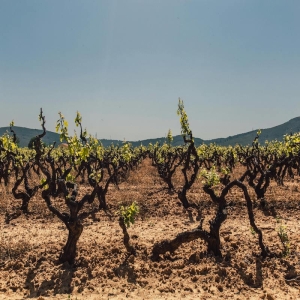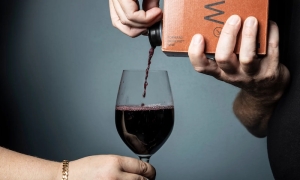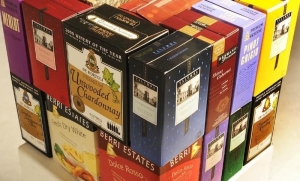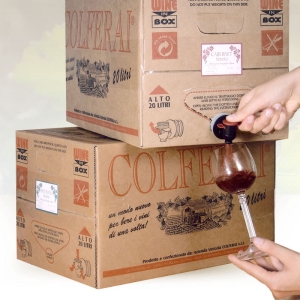How to Navigate Dry January Without Missing Out
Dry January is a great chance to reset on your drinking habits after the indulgence of the holiday season. For many it’s a time to focus on wellness, save some cash and explore other options. If you’re fully committing to Dry January, you don’t have to miss out on great wine. In fact this is the perfect time to try non-alcoholic options and something new for this month.
Dry January was started as a public health campaign in 2013 by UK charity Alcohol Change UK. The idea was to get people to go alcohol free for the month, to reflect on their relationship with alcohol, improve their physical and mental health and save some cash. What started in the UK has since gone global with millions of people around the world taking part in this alcohol free challenge to improve health, mental clarity, savings and taking the chance to make better choices.
However, instead of just thinking of Dry January as a month of “no booze” it’s now a great time to explore the many non-alcoholic and low-alcohol beverages which producers are creating. With so many non-alcoholic wines on the market you can take this mindset into picking up some new bottles, seeing whats good and learning the art of how winemakers achieve ‘no-alcohol’ in the winemaking process.

Why Are Non-Alcoholic Wines Just as Pricy?
If you have ever been to a bottle shop and glanced at the price of a bottle of non-alcoholic wine; you may be wondering why non-alcoholic wines are priced the same or even more so than their alcoholic counterparts…
This is because of the complex process of removing the alcohol while keeping the wine’s flavour and structure. Vacuum distillation and reverse osmosis are expensive processes that add to the cost. And as demand for premium non-alcoholic wines grows, winemakers are using high quality ingredients and new techniques to create great products so you get a great experience.
Here’s a quick summary on how a winemaker makes a non alcoholic wine:
- Fermentation: Just like traditional wine non-alcoholic wine starts with fermentation. Grapes are crushed and yeast is added to convert the sugars into alcohol.
- Alcohol Removal: After fermentation the alcohol is removed using methods like:
Vacuum Distillation: A process where the alcohol is evaporated under low pressure and the wine’s flavour and aroma is preserved.
Reverse Osmosis: A filtration process that separates the alcohol from the wine while keeping the good stuff.
- Flavour Retention: Keeping the wine’s taste profile is crucial. Advanced technology ensures the depth, aroma and structure of the original wine is retained and delivers a rich experience without the booze.
- Blending and Finishing: The final stages involve blending, tasting and sometimes aging to create a balanced wine. This ensures the wine delivers the same full bodied experience as the original.
#dryjanurary #drywine
While non-alcoholic options are becoming increasingly popular and would be the focus of many during this month; some ignore it completely and consume as usual. Currently on social media a growing trend are people posting about their tongue in cheek, ‘Dry January’ experiences while enjoying a plethora of dry styled full alcoholic wines.
Take This Month As A Time To Try
Whether you’re taking on the challenge or just seeking new drops, Just Wines has fantastic deals to help you stock up for after this festive season. With free delivery on most orders and thousands of wine options—including non- and low-alcohol choices—it’s the perfect place to discover your next favourite beverage throughout this month.
Top Picks for Dry January: Non-Alcoholic Wine
– McWilliam’s Balance Riverina Alcohol Removed Sauvignon Blanc – 6 pack for $54
This crisp, refreshing white wine offers vibrant citrus notes of lemon, lime, and green apple. It’s a light, zesty wine that pairs wonderfully with seafood, salads, or fresh goat cheese, making it a great choice for white wine lovers.
– Thomson & Scott Noughty Sparkling Chardonnay – $24.99 per bottle
A standout for those who enjoy bubbles, this non-alcoholic sparkling Chardonnay delivers delicate effervescence with aromas of green apple and citrus. Its crisp pear and lemon flavours, combined with a creamy richness, make it perfect for toasts or casual celebrations.
– Two Hoots No Alc Chenin Blanc – $21.99 per bottle
A full-bodied, dry white with crisp apple and peach notes, this non-alcoholic Chenin Blanc from South Africa’s Coastal Region is low in sugar and calories, offering a well-rounded finish.
– Tread Softly Everything Except Pinot Noir – $17.99 per bottle
This full-bodied non-alcoholic Pinot Noir from South Australia features dark berries and earthy notes with a smooth mouthfeel and dry finish. It’s low in sugar, vegan-friendly, and supports reforestation, planting a tree for every case sold.
– Plus Minus Shiraz – $14 per bottle
A well-balanced, medium-bodied Shiraz with black fruits, dark chocolate, and subtle oak flavours. It’s rich in antioxidants from grape skin extract and low in sugar and calories.
– Next Destination Non-Alc Chardonnay – $25.99 per bottle
From McLaren Vale, this premium non-alcoholic Chardonnay offers a buttery mouthfeel with oak tannins. It’s dry, low in sugar, vegan-friendly, and crafted to retain its true flavour after alcohol removal.
Click here to explore more non-alcoholic wines this Dry January!

